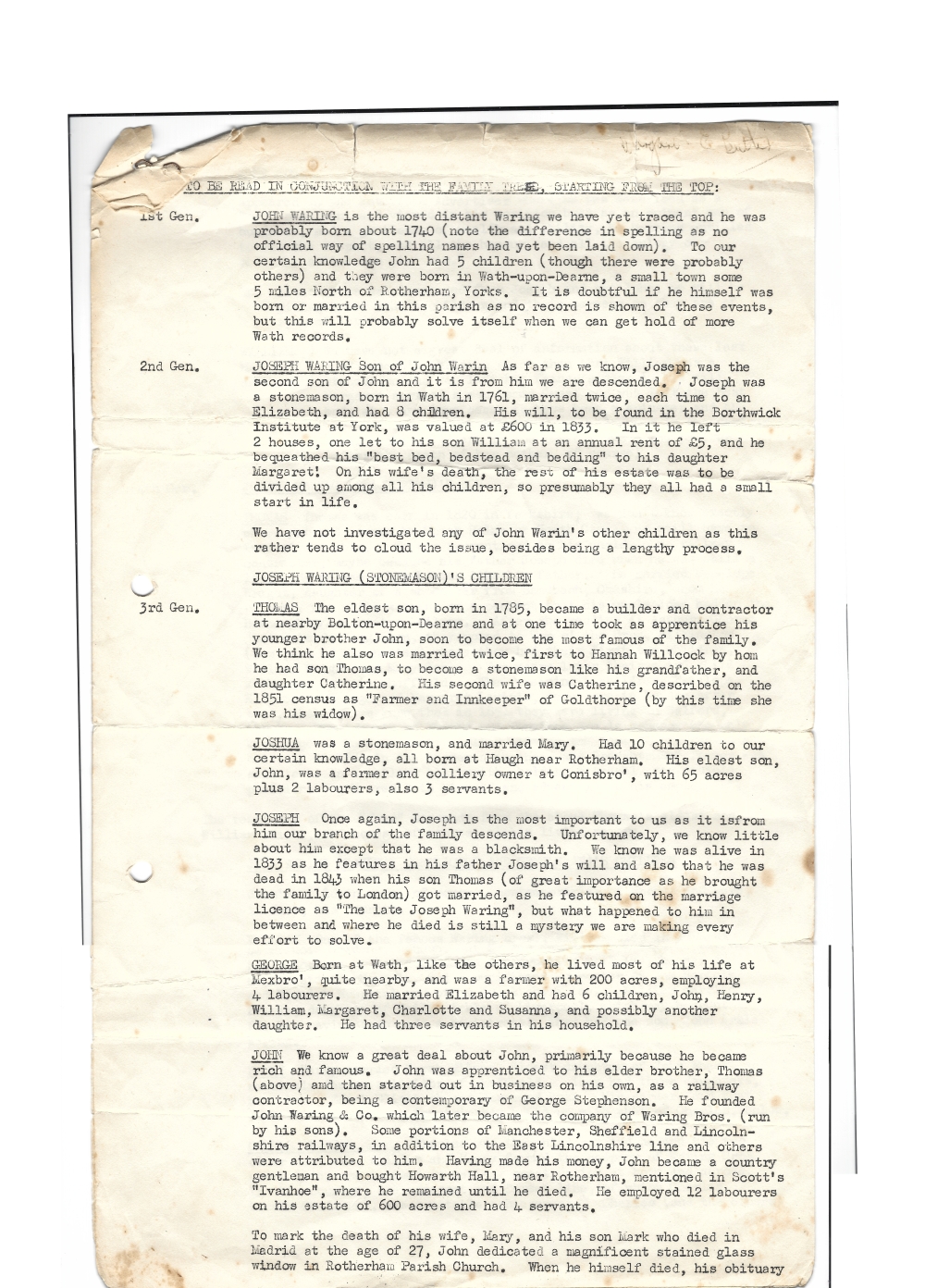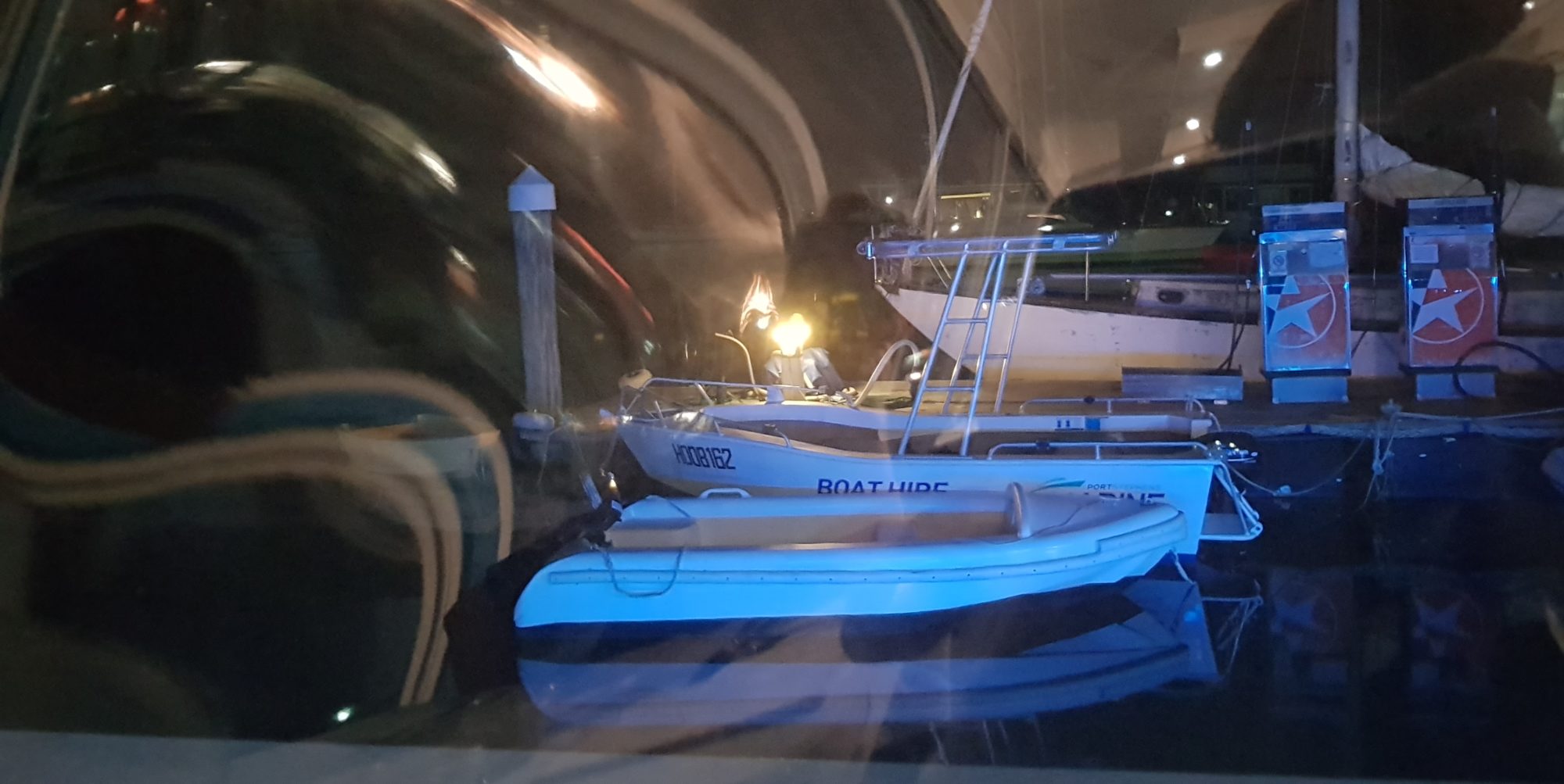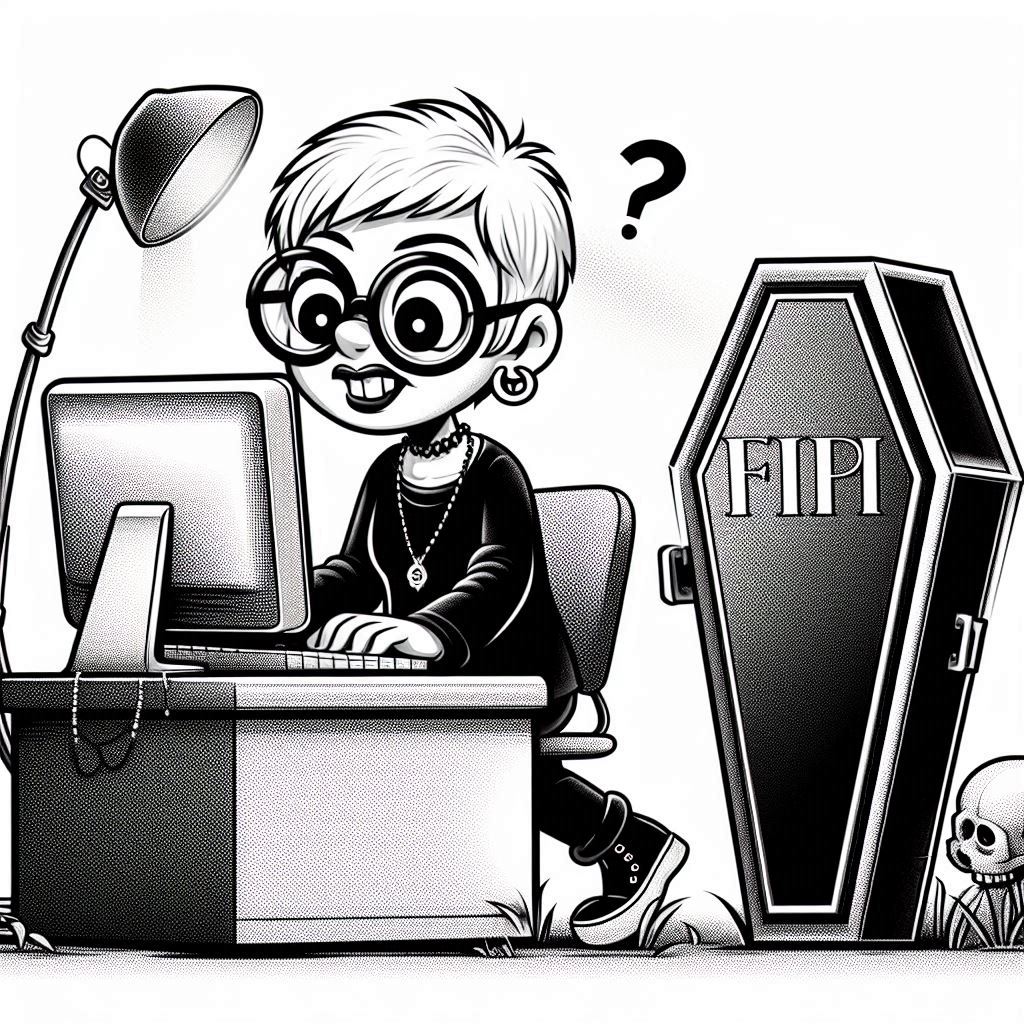Back in the 1970s (remember those days?), my mother’s cousin sent her a copy of a family tree he’d managed to draw up after much research of records in England. He’d tracked their paternal line via their grandfather from London back to the mid-1700s in Yorkshire, and typed up 3 foolscap pages of information to go with it. I was fascinated! 
Fast-forward to today (no, I will NOT count the years, lol!) and I’ve now managed to track that line back to 1655.
How did I do that? By using DNA.
How did DNA help?
As a kid, whenever I mentioned wanting to know more about our family tree, Dad would say something along the lines of, ‘It’s all well and good doing the research, but people lie, and so the records lie.’ I’m sure he knew something he wasn’t telling me …
But since I had my DNA tested in 2017, it’s helped me verify a lot of the information in my family tree, and part of that was finding a distant cousin who’d had their DNA tested, too. Looking at their tree, I was able to track their line back to one of Mum’s common ancestors who lived prior to my ancestor from the mid-1700s.
Now I have to be honest here – some of the links between 1655 and 1740 are still hypothetical, but that’s how science works – you start with a theory, then you work to prove or disprove it. But without both me and my 9th cousin once removed (yeah – work that one out!) having had DNA tests, I wouldn’t have had enough theory to even start hypothesising. And without her doing the work to track her line back, I wouldn’t have had enough information to link our lines together.
So what is DNA?
If you ask ‘what is DNA?’ online, you’ll get answers about deoxyribonucleic acid (try saying that three times quickly, lol!), molecules, proteins, double-helixes, chromosomes and more. And you’ll get a headache trying to make sense of it all – unless you’re already trained in that stuff. In which case – respect!
So I think of it like this …
DNA has been telling me, my body and my brain, since the moment I was conceived, which bits of me will be like my mum and which will be like my dad.
It’s not always obvious which bits come from which parent, but this is how it works (at this point you may wish to grab some caffeine if you’re that way inclined):
I have 46 chromosomes in every cell in me and I got 23 from each of my parents.
One pair of chromosomes dictates my gender, so then I have 22 other pairs of chromosomes called ‘autosomes’ which dictate my eye colour, height, likelihood of being asthmatic, ability to run fast or slow, etc.
Inside the chromosomes are even smaller bits called ‘markers’ – they’re the real nitty-gritty detail which makes me who I am. But we won’t bother going there for now – I need to try to keep you awake!
So, working on just the idea of chromosomes and autosomes, if two people have two children together, each child will get 22 autosomes from each parent. But the autosomes which rise to the top in child 1 will be different in some areas for the autosomes which rise to the top in child 2.
The different autosomes each child inherits from each parent will dictate what that child will look like, how they will think and act, what sort of talents they may or may not have, what sort of health issues they may or may not be likely to have to face, and more.
In simple terms, if both children inherit the blue eye colour autosome from Dad, then they’ll both have blue eyes. But if one child inherits the blue eye colour autosome from Dad and the other child inherits the brown eye colour autosome from Mum, then the kids will have different eye colours. And the one with the brown eye colour is then unlikely to pass on the potential for Dad’s blue eye colour to their own children.
As Child 1 and Child 2 were conceived at different times, via different eggs and sperm, this is why children who weren’t born as identical twins are alike in some ways, and completely different in others – different bits of DNA rise to the top at the moment of conception.
In contrast, identical twins are made up of one egg and one sperm which then splits in half, meaning each child receives exactly the same markers from each parent, hence their similarities. (As their cells grow and multiply, a few small mutations will make differences appear, so even identical twins don’t end up sharing exactly the same DNA, but a DNA test of identical twins will reveal a much higher level of commonality in their markers than a DNA test of siblings conceived and born at different times.)
How do you get DNA from dead people?
Luckily, ordinary folk like us (as in, those of us who aren’t forensic detectives working cold cases), don’t need to go to the trouble or expense of trying to exhume someone so we can hopefully scrape some DNA from what might be left of them. Thankfully, the systems and processes that have been developed for our generations to compare our DNA tests to each other help us bypass that need.
Because DNA is passed down from generation to generation, the bits that we inherit from our ancestors helps us link to other people who inherited those same little bits. And modern day computer systems and databases, too – can’t forget those!
So how does a DNA test help me find my family?
If you have a DNA test, the platform you have it on will run your markers through their system to see which ones pick up and connect with other markers already in the system.
Based on the number of markers and their placement on your DNA ‘chain’, they’ll be able to estimate your relationships to other DNA testers on their system, from parent, sibling or child, to really distant cousin three times removed (or further – like 9th cousin once removed!).
Step 1 is to start putting the pieces together. Start your family tree with what you know (or what you think you know), and then look for the DNA connections closest to you on the list. Start with anyone you know/recognise and add them and their parent(s) and possibly one or both of their grandparents to your tree until they connect with your parent or grandparent or great-grandparent.
Step 2 is to identify the next DNA match you can identify link to other DNA matches on your tree and then add them and their ancestors, linking back to the people you’re both descended from i.e. your common ancestors.
Once you start getting a few DNA connections and their ancestors added to your tree, you know that those lines you’ve got are probably pretty true.
However, every person you add should be backed up with whatever documentation you can find on that person as well, to validate their place on the tree.
What if someone was naughty along the way?
As Dad said, people sometimes lie, and sometimes they do things and don’t ever hear about the consequences.
Let’s think about Fred and Mary, a married couple, back in the 1870s. They already have 2 children, and then Mary meets Joe and gets naughty with him one day and ends up having a third child (we’ll call him Richard). But Mary never tells Fred that Richard might not be his, and so Richard’s birth, baptism and census records show Fred as his father. Luckily for Mary, little Richard (all puns intended) is similar enough to their other kids that Fred never suspects, and so they have a couple more kids and Mary’s secret dies with her.
Fast-forward 150 years and one of Richard’s descendants (we’ll call her Sue) is building their family tree. Sue has found the documents that say that Richard was Fred and Mary’s son, and so she keeps building Fred’s line and Mary’s line, thinking she’s putting all the pieces together. Then Sue has a DNA test.
The people who show up as DNA matches to Sue don’t make sense. She can fit the ones who share Mary’s DNA with her on her tree, but she can’t find any who seem to have Fred’s DNA in her matches. And this is where the fun starts. Or the headaches!
But as Sue has had a DNA test, she will be able to group together the closer DNA matches who don’t seem to fit anywhere, and if enough of them have done enough of their own research, she might just able to work out that Richard was descended from Joe and not Fred, and then she might be able to find out more about who Joe was. And even if Joe didn’t have any more children of his own, there will likely be people descended from his siblings, aunts or uncles, and DNA tests will help her find those people and hopefully work out the links and therefore, the chain.
It might take a long time, and she may never work it out, or the pieces might fall into place quickly, but without the DNA test, Sue would have built her tree based on what she thought was correct – when it wasn’t.
So that’s why it’s important to consider having a DNA test if you’re going to build your family tree, because without it, how do you really know who you are?
~~~
If you’d like some help getting your family tree started, or working out how to review and categorise your DNA matches, or you simply need help just tidying up your family tree in general, please feel to reach out to me via the Contact form at the foot of my Dead Rel Hunting page here: https://jennifermosher.com.au/dead-rel-hunting/

